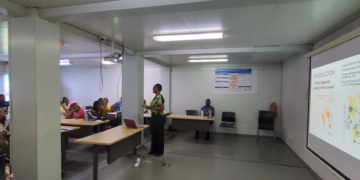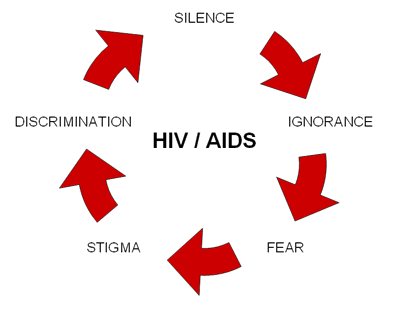Stigma and discrimination are at the heart of hinderances faced by the global response to HIV/AIDS, yet they are often overlooked, researchers have said.
They warn that if progress in reaching HIV epidemic control is to continue, increased emphasis and funding must be placed on addressing stigma and discrimination and ultimately improving quality of life and access to healthcare for people living with and most affected by the virus.
The warning is contained in a special edition of the Journal of the International AIDS Society (JIAS), which was unveiled at the ongoing International AIDS Conference, also known as AIDS 2022, in Montreal, Canada.
Titled “Getting to the heart of stigma across the HIV continuum of care”, the document was launched on July 29, the first of the five-day long conference.
JIAS is an official open-access, peer-reviewed, medical journal run by the International AIDS Society. Founded in 2004, the publication covers all aspects of research on HIV and AIDS.
According to the authors, despite decades of scientific advances in HIV prevention and treatment, the failure to progress in the global HIV response directly connects to intersecting individual and structural stigmas and discrimination from service provision to service uptake. They cite research findings which show that HIV-related stigma acts as a barrier to accessing prevention methods, HIV testing uptake, treatment initiation and adherence to antiretroviral therapy.
The special issue provides a state-of-the-field update about the latest concepts, innovative research methods and strategies to reduce stigma and its harmful effects.
The content was guided by guest editors Lucy Stackpool-Moore of IAS, Switzerland, and Watipa, Australia; Carmen H Logie of the University of Toronto, Canada; and Allanise Cloete of the Human Sciences Research Council, South Africa.
The document entails a collection of articles which offer insights into a range of health conditions and social identities that shape lived experiences of stigma through a variety of methodologies, including qualitative, quantitative, systems mapping and systematic review. It also presents examples of resilience, good practice and community leadership.
“Efforts to reduce new HIV acquisitions and improve HIV prevention and treatment programmes will remain suboptimal if HIV-related stigma is considered in isolation,” the authors said.
Writing in an editorial in the issue, the editors stress the urgent need for world leaders to renew political commitments and take action to end stigma and discrimination.
“HIV-related stigma, conceptualized as the devaluing, mistreatment and constrained access to power and opportunities experienced by people living with and associated with HIV, remains a critical concern in habiting the HIV response,” they note.
They cited the UNAIDS Global AIDS Strategy which explicitly describes the goal that “people living with HIV, key populations and people at risk of HIV enjoy human rights, equality and dignity, free of stigma and discrimination” to realize optimal HIV out-comes.
The editors further argued that inclusion of commitments towards eliminating HIV-related stigma and discrimination within the Political Declaration agreed at the 2021 United Nations High-Level Meeting on HIV/AIDS for the first time also signals a conducive global political environment for action at scale.
“The time is now to renew and innovate responses to HIV-related stigma, including taking the steps needed to ensure an enabling global policy environment,” they stressed.






















